What Different Countries Teach Us About Dressing with Ease

Fashion looks different around the world — yet one idea connects them all: ease. The kind of ease that lets you move freely, feel confident, and express your style without trying too hard.
From Japan’s minimalism to Italy’s relaxed tailoring, from India’s breathable textiles to Australia’s sun-friendly wardrobes, every culture has its own lessons in effortless dressing. Understanding these global habits not only inspires your personal style but also helps you make smarter fashion choices — especially when choosing pieces made from natural, breathable fabrics.
Below is a journey through how different countries approach clothing with comfort, ease, and elegance — and what we can learn from them.
Italy: The Art of Relaxed Elegance
Italy is known for luxury fashion, but everyday Italian style is surprisingly simple.
The secret? Effortless tailoring.
What Italy Teaches Us
-
Choose silhouettes that skim the body — not too tight, not too loose.
-
Invest in timeless fabrics like linen, cotton, wool, and cashmere.
-
Let one element speak for you: a clean shirt, a good dress, or polished flats.
Even in warm Mediterranean weather, Italians stay comfortable with breathable natural fabrics — an easy connection to modern wardrobes worldwide.
Why It Matters
Relaxed tailoring proves that you can look put-together without discomfort — a lesson perfect for workwear, travel outfits, and everyday dressing.
Japan: Minimalism with Meaning
Japan’s fashion philosophy is rooted in purposeful simplicity.
Instead of chasing trends, people value:
-
Clean lines
-
Natural hues
-
High-quality materials
-
Thoughtful layering
What Japan Teaches Us
-
Your clothes should support your day, not dominate it.
-
Neutral colours make dressing easier and more peaceful.
-
A few well-made staples can replace a cluttered wardrobe.
This mindset aligns beautifully with slow fashion, sustainable dressing, and natural fabrics — values many modern shoppers now follow.
India: Breathability, Colour & Everyday Comfort
India understands heat better than most places.
For centuries, people have chosen fabrics that keep them cool and comfortable — mainly:
-
Hand-woven textiles
-
Lightweight wool or pashmina in the mountains
-
Linen for breathable everyday wear
India’s style is rooted in practicality but also celebrates art, colour, and craftsmanship.
What India Teaches Us
-
Comfort and beauty can coexist.
-
Breathable fabrics are essentials, not luxuries.
In warm climates worldwide, Indian dressing habits are a blueprint for staying elegant without overheating.

France: The Power of the Capsule Wardrobe
French women have mastered the “less but better” philosophy.
Instead of overflowing closets, they focus on:
-
A few good dresses
-
Versatile scarves
-
Neutral blazers
-
Minimal accessories
-
Natural fabrics that age beautifully
What France Teaches Us
-
You don’t need many clothes — you need the right clothes.
-
Quality over quantity saves money (and reduces fashion waste).
-
Clothing is an extension of lifestyle, not a trend calendar.
This mindset pairs perfectly with eco-friendly fashion and conscious shopping habits.
Australia: Easygoing, Sun-Smart Dressing
Australia’s style is influenced by its climate — warm summers, coastal breezes, and an outdoor lifestyle.
Here, ease means:
-
Breathable fabrics
-
Flowy silhouettes
-
Sun-friendly colours
-
Lightweight layering
Australian fashion blends comfort + effortlessness, perfect for everyday wear and travel.
What Australia Teaches Us
-
Choose fabrics that adapt to changing weather.
-
Light, airy clothing brings more joy to your day.
-
Practical pieces can still be stylish.
The Australian lifestyle also popularized travel-friendly capsule wardrobes, now loved globally.

Scandinavia: Quiet, Functional Simplicity
Scandinavian countries live by the idea that fashion should be functional, minimal, and long-lasting.
Clothes prioritize:
-
Comfort
-
Clean silhouettes
-
Weather-friendly layers
-
Muted, timeless colours
This approach aligns directly with the rise of quiet luxury — dressing in high-quality basics instead of flashy logos.
What Scandinavia Teaches Us
-
The best clothes are simple and dependable.
-
Layering is an art.
-
Texture matters more than trend.
The Middle East: Flowing Silhouettes & Climate Intelligence
Hot climates across the Middle East have shaped clothing styles that prioritise airflow and modesty:
-
Loose layers
-
Natural fibres
-
Sun-friendly designs
What The Region Teaches Us
-
Airy clothing keeps you cooler than fitted pieces.
-
Draping can be elegant and functional.
-
Texture and movement create visual beauty.
These principles inspire modern fashion worldwide, especially for warm-weather wardrobes.

What All These Countries Have in Common
Across continents, climates, and cultures, one truth remains:
Ease is universal.
People everywhere choose fabrics and designs that fit their environment, lifestyle, and comfort needs.
From Italy’s quiet tailoring to Japan’s intentional minimalism, from India’s breathability to Australia’s relaxed vibe — dressing with ease is a global idea, shaped by tradition and practicality.
And today, as shoppers care more about sustainability, comfort, and fabric quality, these lessons matter more than ever.
Conclusion: Dress With Global Wisdom, Live With Personal Ease
The world offers endless inspiration on how to dress comfortably and intentionally.
Whether it’s airy silhouettes from warm regions, minimalism from Japan, or relaxed elegance from Europe, every culture teaches us something powerful.
The key is finding what you connect with — and building a wardrobe that feels natural, effortless, and true to your lifestyle.
When you choose clothing with comfort, breathability, craftsmanship, and longevity in mind, you’re not just following fashion…
You’re learning from the world.
FAQs
1. Why do different countries have different dressing habits?
Climate, culture, lifestyle, and local craftsmanship shape how people dress. Warm countries prefer breathable fabrics, while colder regions value layering and insulation.
2. What fabrics are considered globally comfortable?
Natural materials like cotton, linen, wool, and bamboo are widely preferred for comfort and breathability. (Internal linking opportunity: Fabric Guides.)
3. How can I create a globally inspired wardrobe?
Choose breathable staples, layer smartly, focus on clean silhouettes, and invest in quality over quantity.
4. Does climate really influence clothing comfort?
Yes — climate is one of the biggest drivers of clothing choice. Regions with warm weather tend to use lightweight, airy fabrics, while colder areas rely on wool, knits, or thermal layers.
5. How can I explore more global-inspired style tips?
You can explore related blogs like Travel-Friendly Clothing, Minimalist Wardrobe Guides, or The Meaning of Slow Fashion for more inspiration. (Internal linking opportunities.)
Products on Sale
- Regular Price
- from $46.00
- Sale Price
- from $46.00
- Regular Price
-
$76.00
- Unit Price
- per
- Regular Price
- $199.00
- Sale Price
- $199.00
- Regular Price
-
$278.00
- Unit Price
- per
- Regular Price
- $134.00
- Sale Price
- $134.00
- Regular Price
-
$148.00
- Unit Price
- per
- Regular Price
- $109.00
- Sale Price
- $109.00
- Regular Price
-
$142.00
- Unit Price
- per
- Regular Price
- $159.00
- Sale Price
- $159.00
- Regular Price
-
$196.00
- Unit Price
- per
- Regular Price
- $49.00
- Sale Price
- $49.00
- Regular Price
-
$52.00
- Unit Price
- per
- Regular Price
- $22.00
- Sale Price
- $22.00
- Regular Price
-
$26.00
- Unit Price
- per
- Regular Price
- $30.00
- Sale Price
- $30.00
- Regular Price
-
$37.00
- Unit Price
- per
- Regular Price
- $134.00
- Sale Price
- $134.00
- Regular Price
-
$170.00
- Unit Price
- per
- Regular Price
- $74.00
- Sale Price
- $74.00
- Regular Price
-
$78.00
- Unit Price
- per
- Regular Price
- $46.00
- Sale Price
- $46.00
- Regular Price
-
$56.00
- Unit Price
- per
- Regular Price
- $99.00
- Sale Price
- $99.00
- Regular Price
-
$125.00
- Unit Price
- per
- Regular Price
- $99.00
- Sale Price
- $99.00
- Regular Price
-
$92.00
- Unit Price
- per
- Regular Price
- $56.00
- Sale Price
- $56.00
- Regular Price
-
$52.00
- Unit Price
- per
- Regular Price
- $56.00
- Sale Price
- $56.00
- Regular Price
-
$52.00
- Unit Price
- per
- Regular Price
- $56.00
- Sale Price
- $56.00
- Regular Price
-
$52.00
- Unit Price
- per
- Regular Price
- $128.00
- Sale Price
- $128.00
- Regular Price
-
$145.00
- Unit Price
- per
- Regular Price
- $69.00
- Sale Price
- $69.00
- Regular Price
-
$95.00
- Unit Price
- per

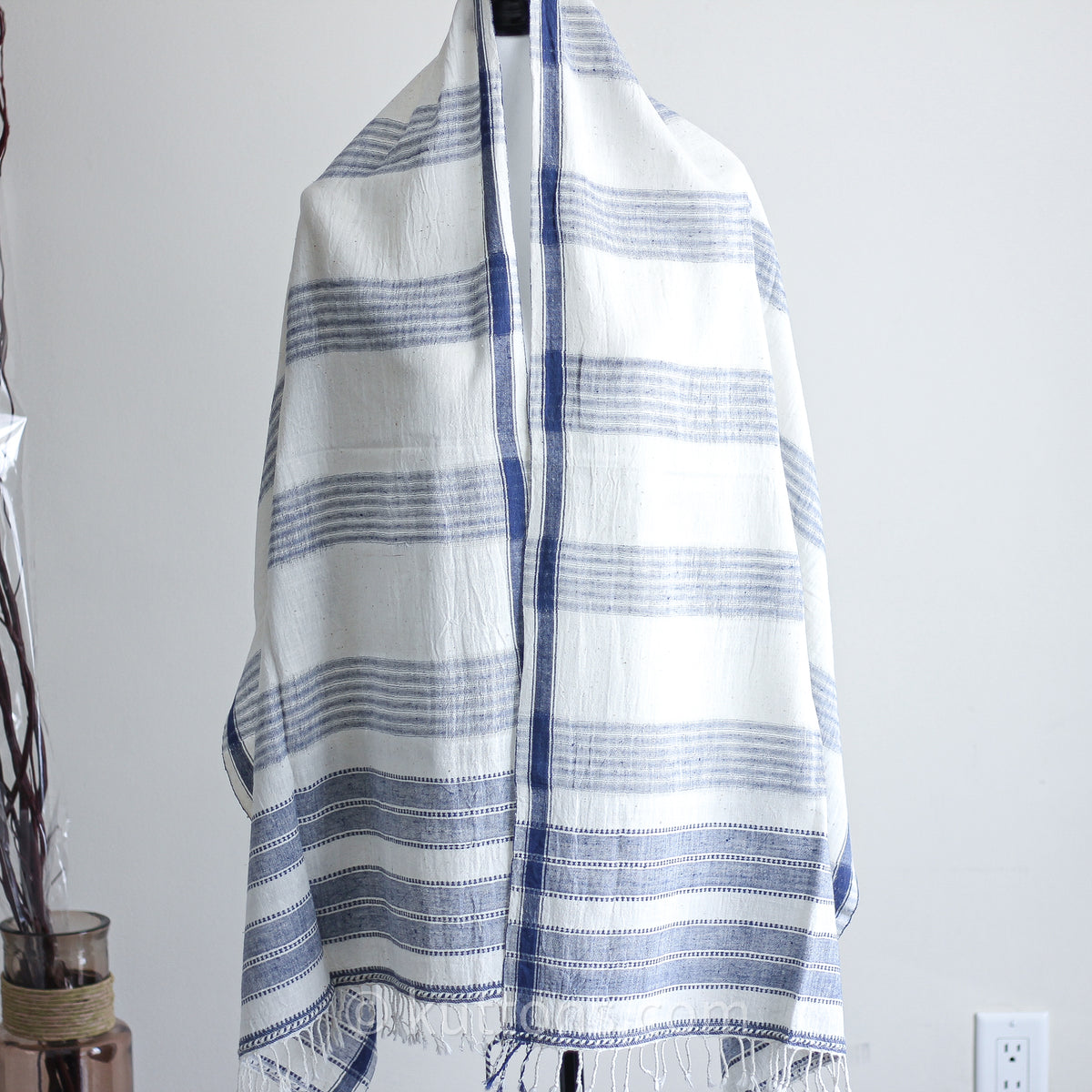
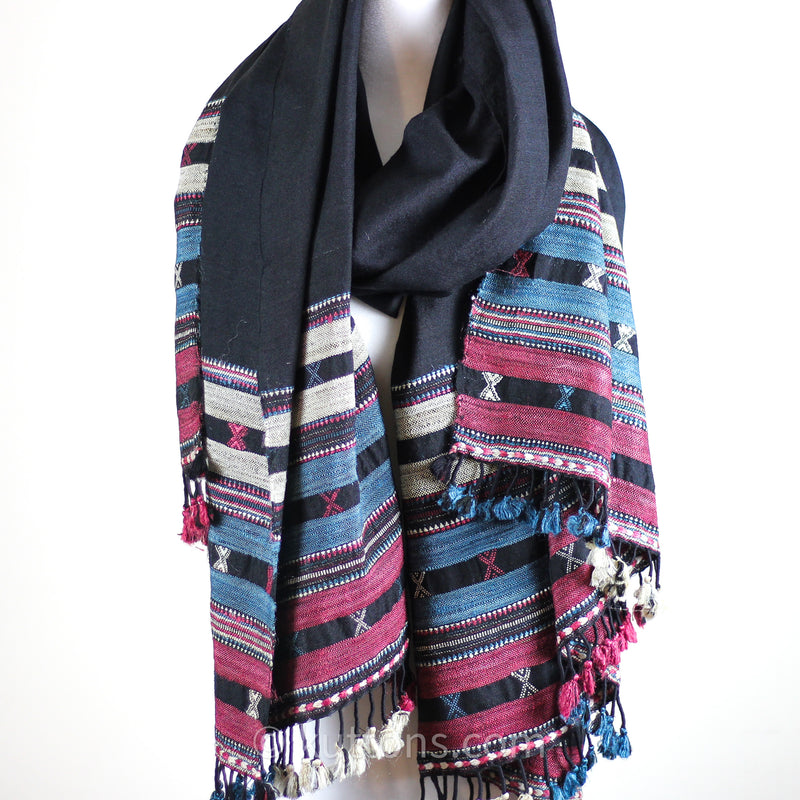
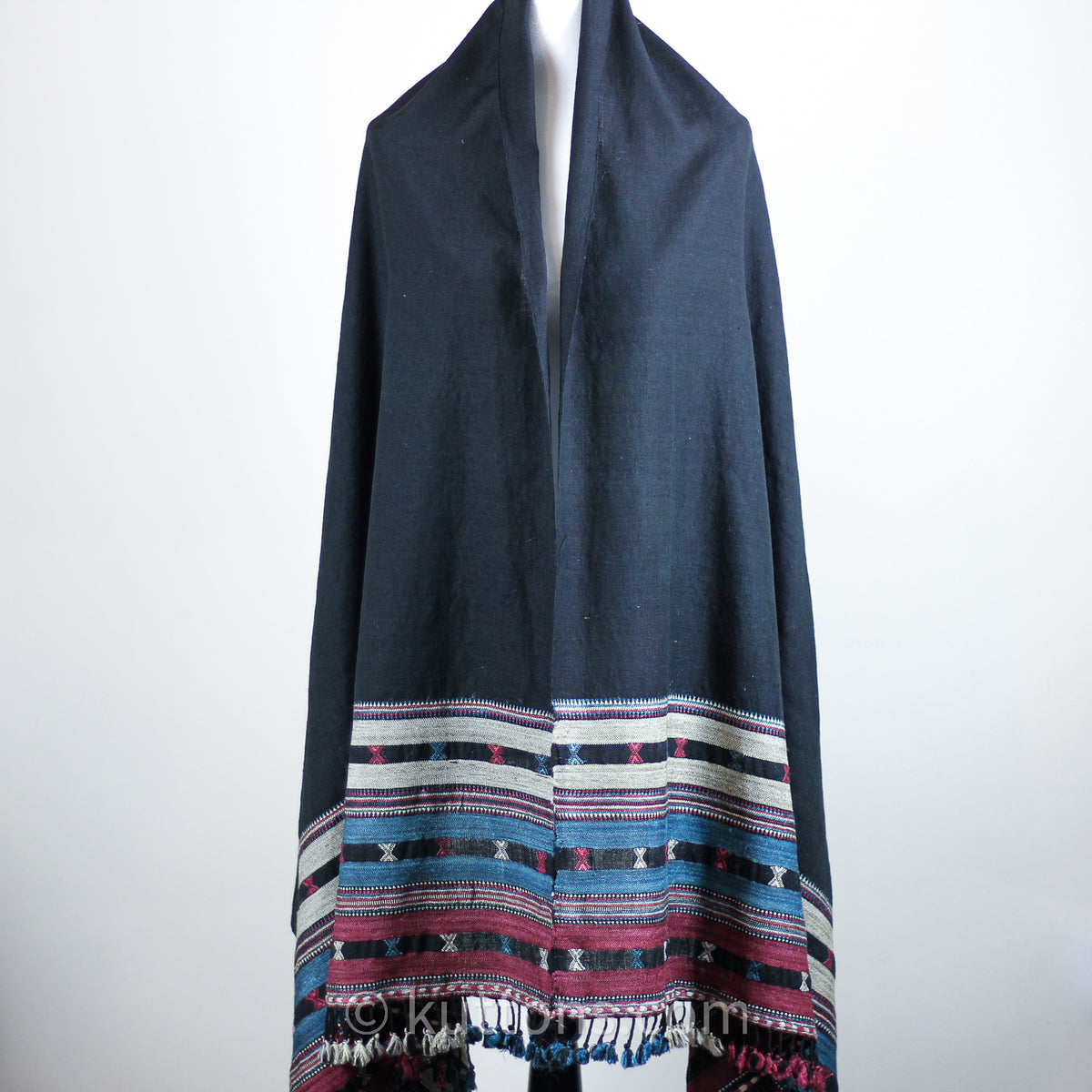
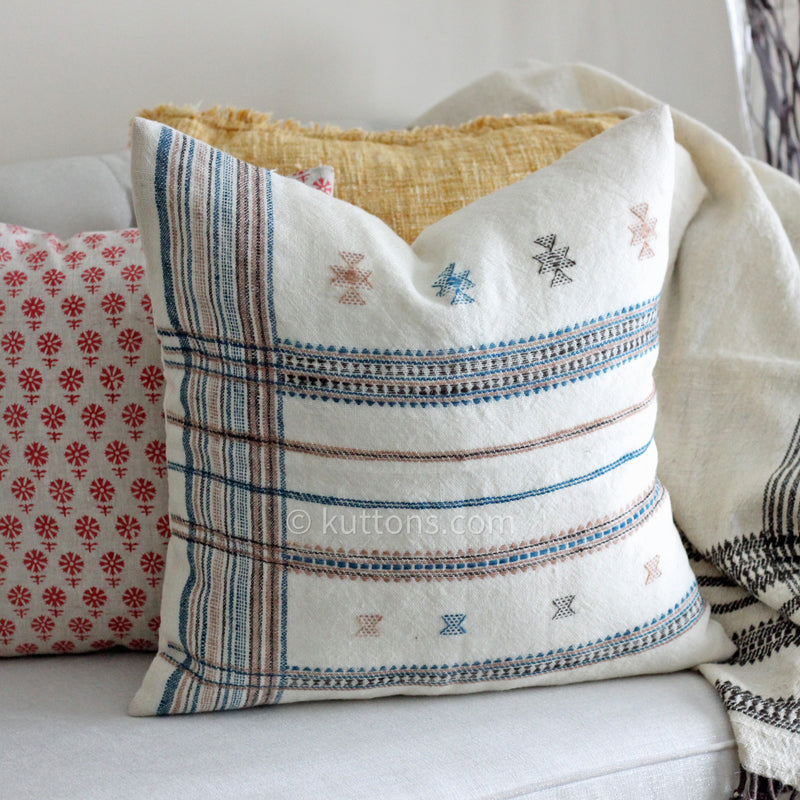

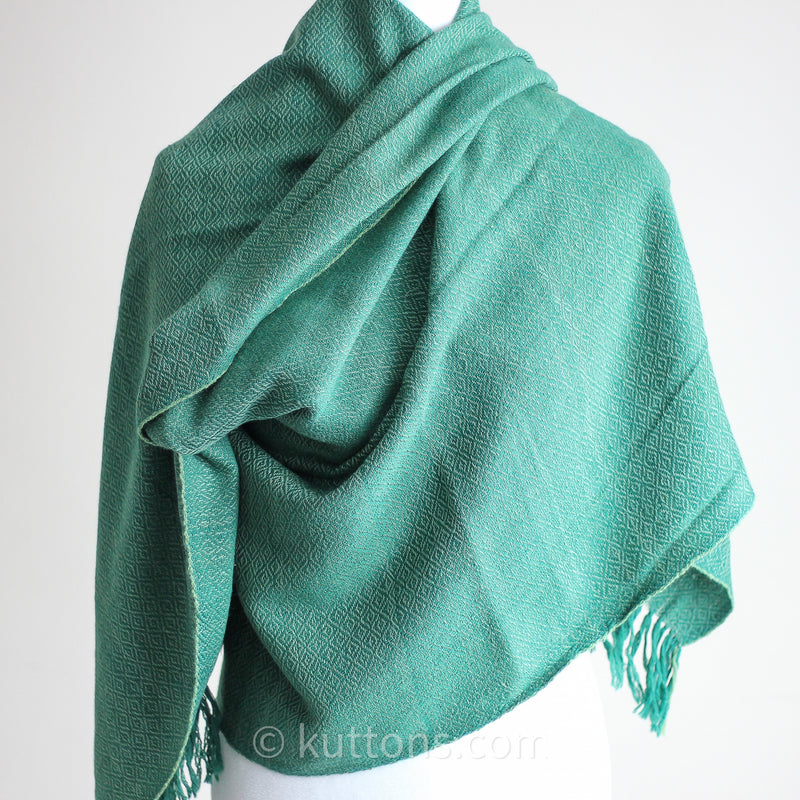

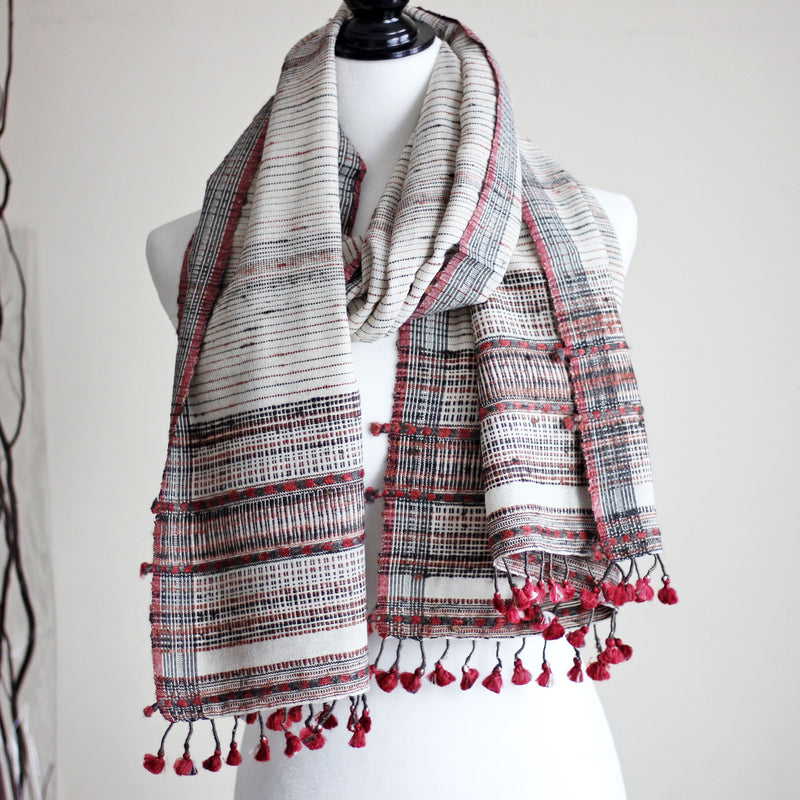
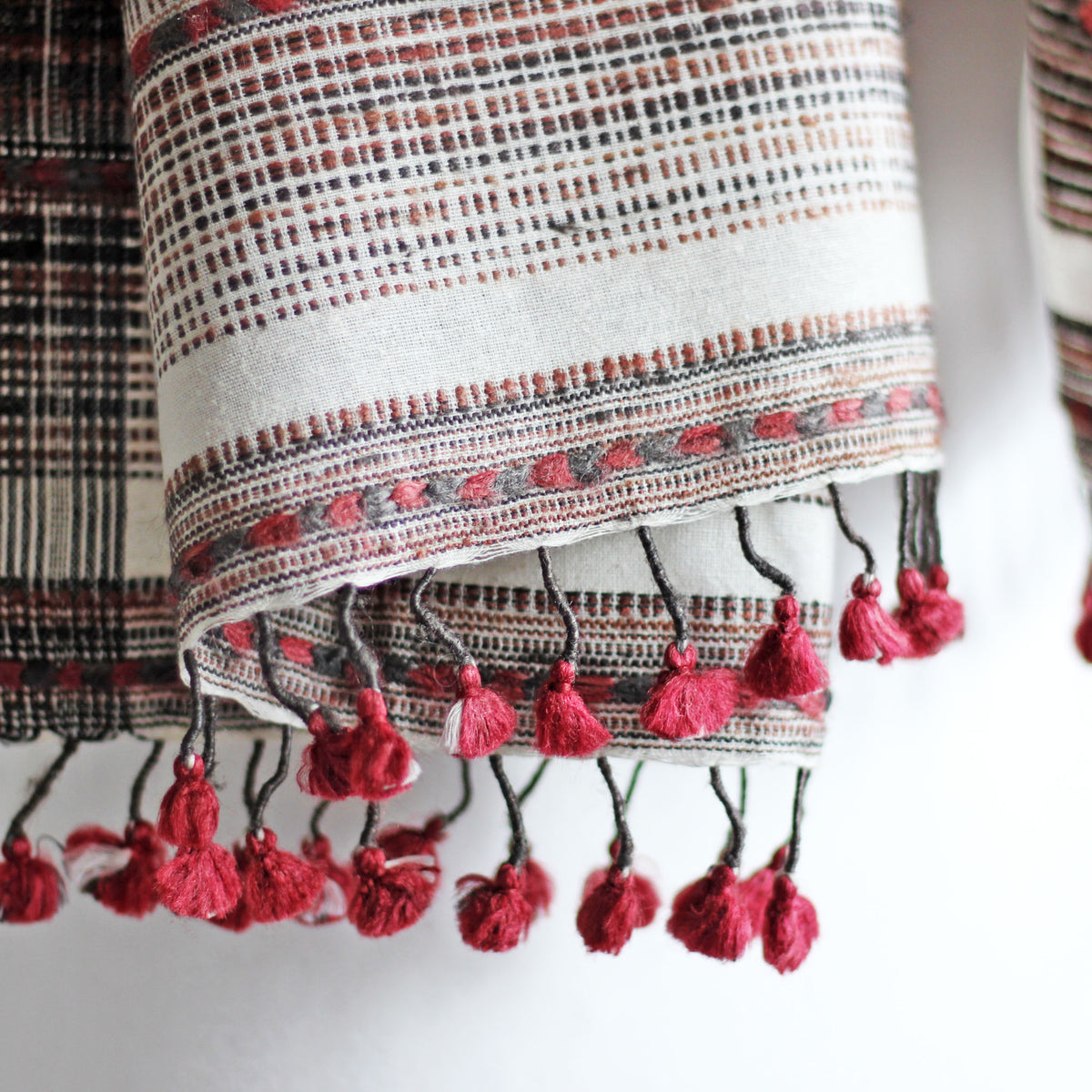
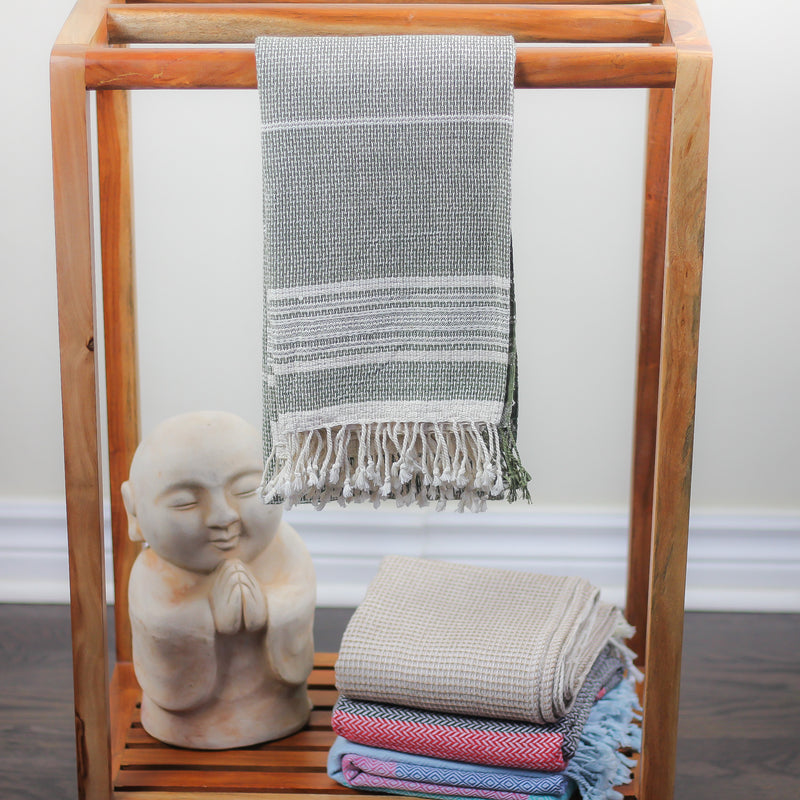

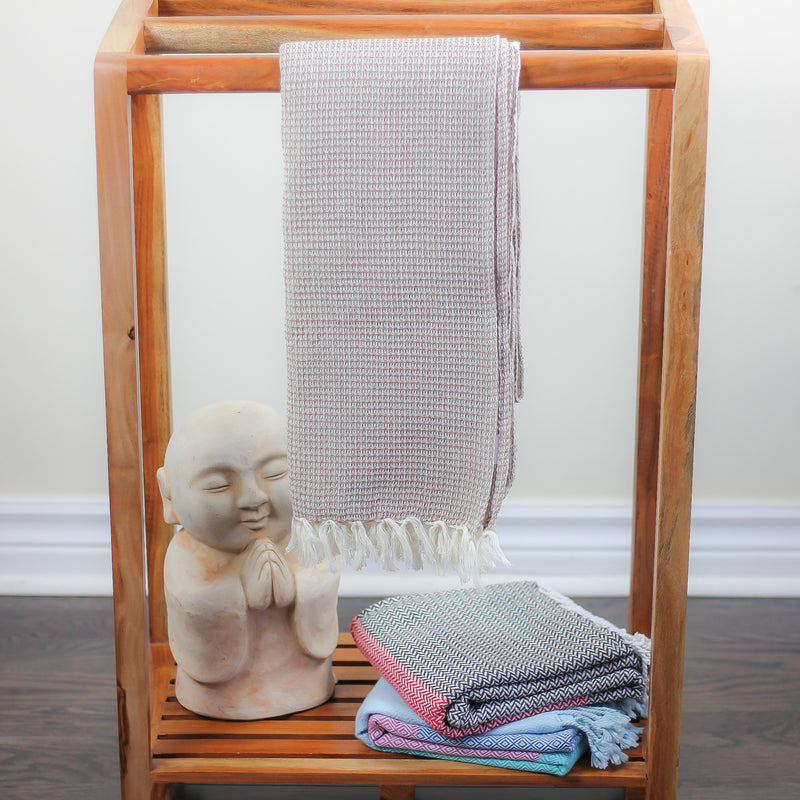
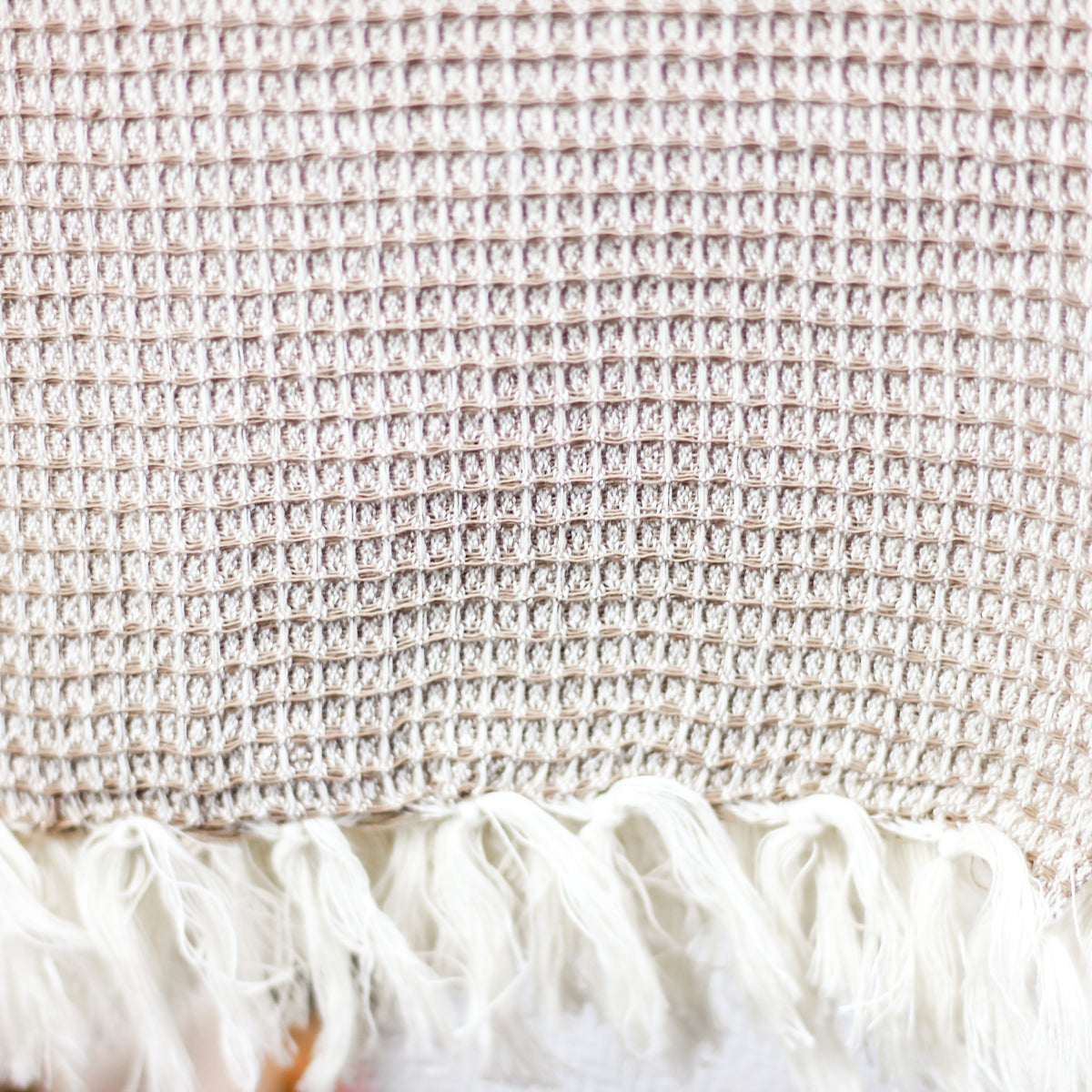

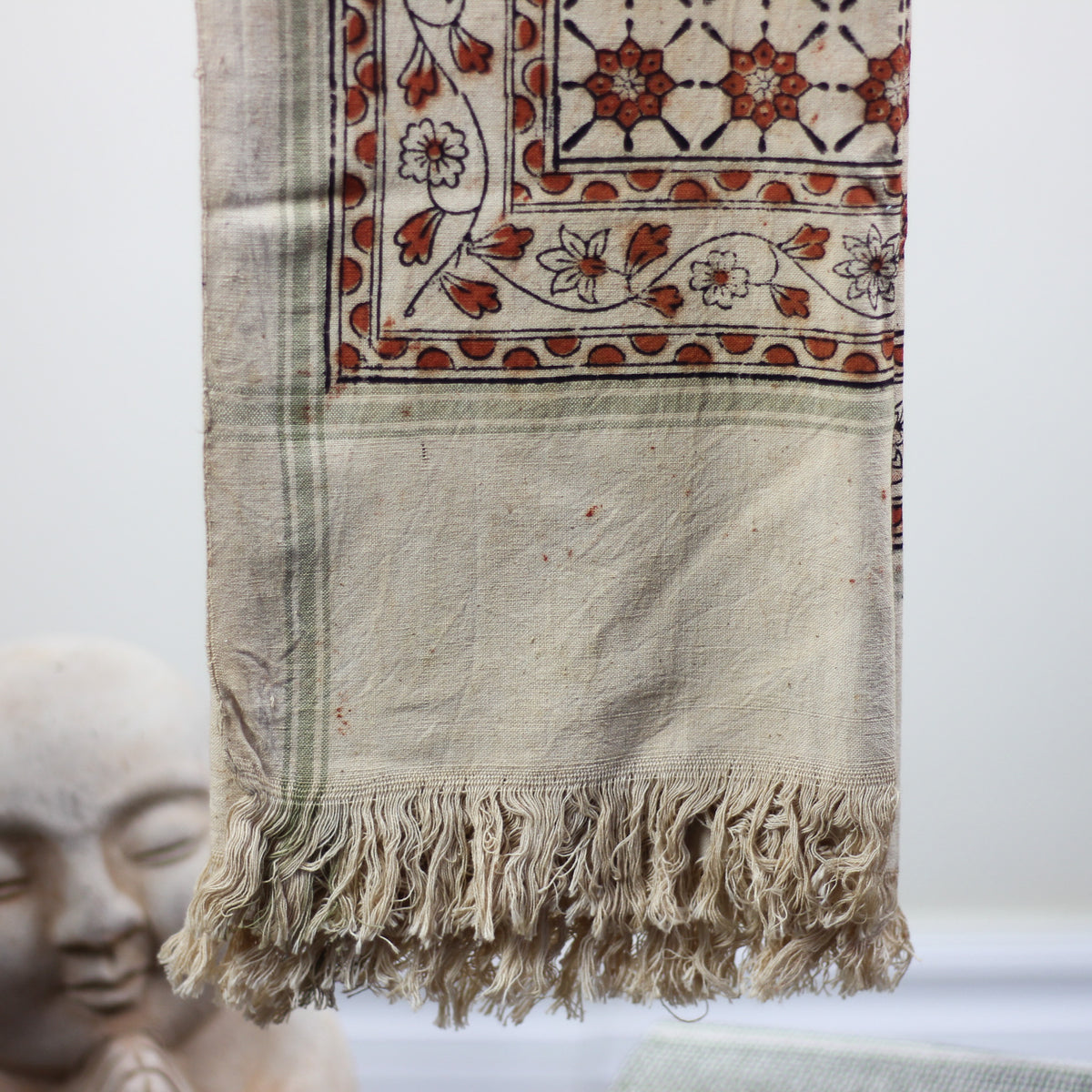
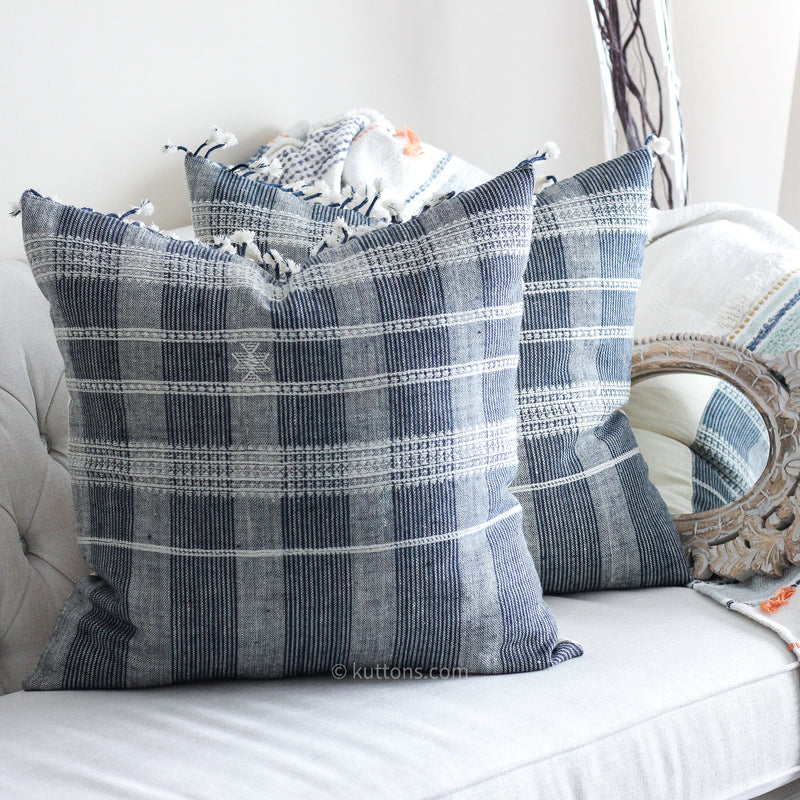

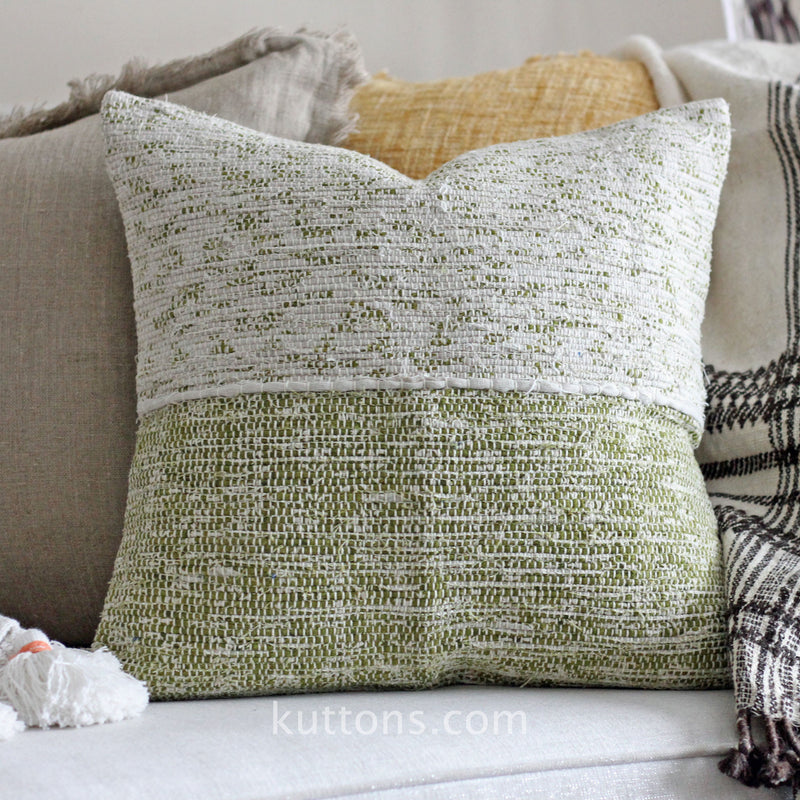
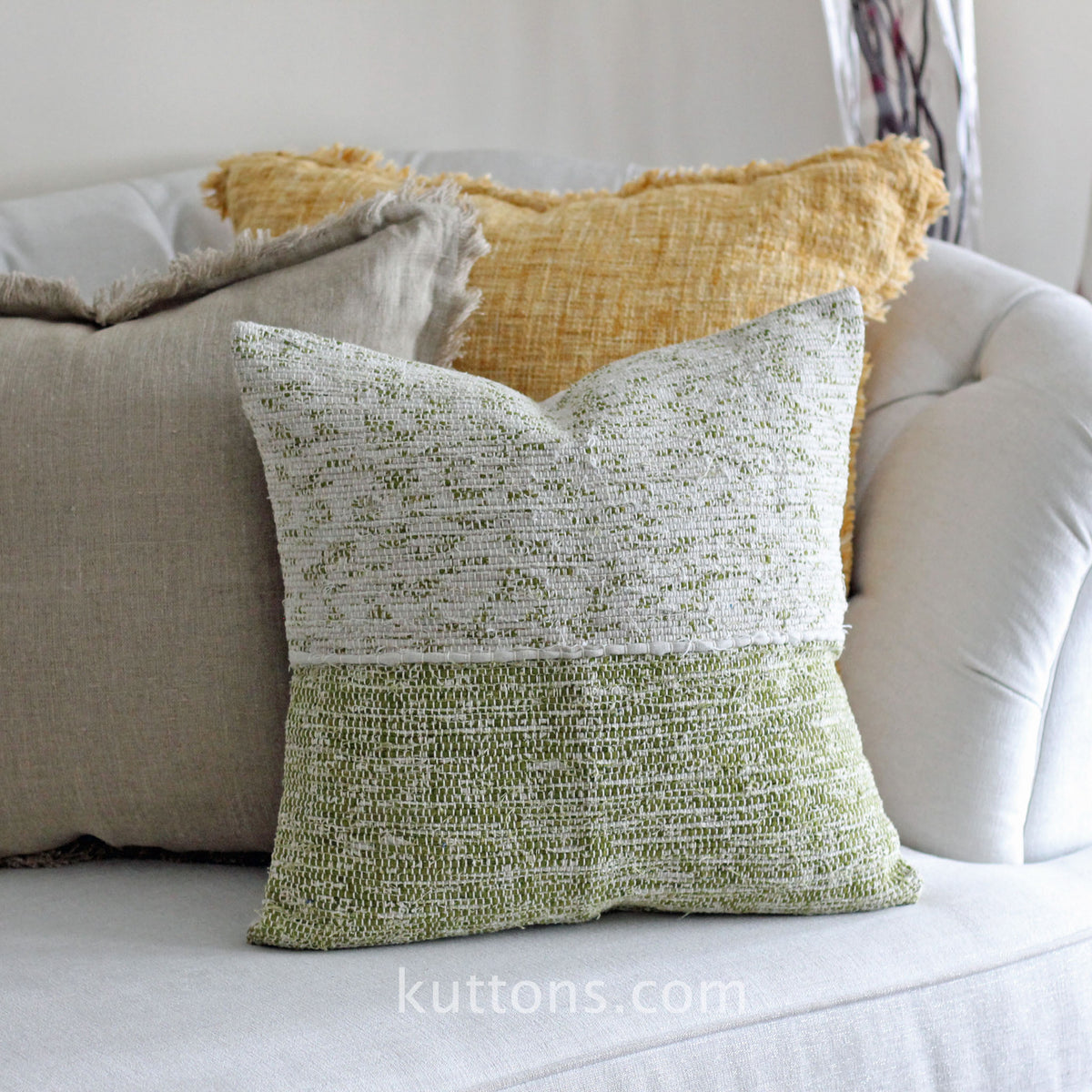
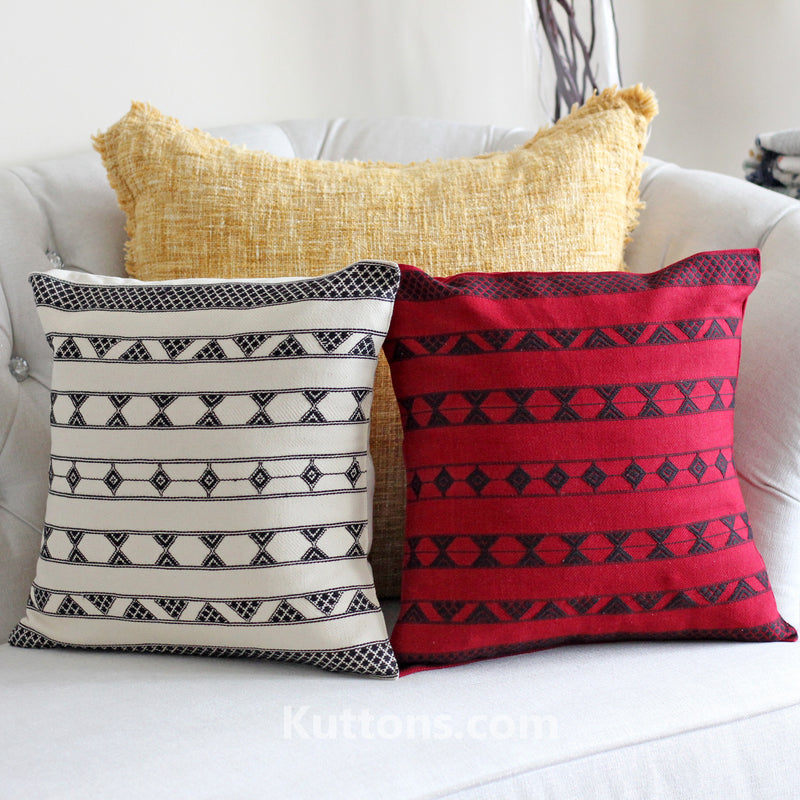
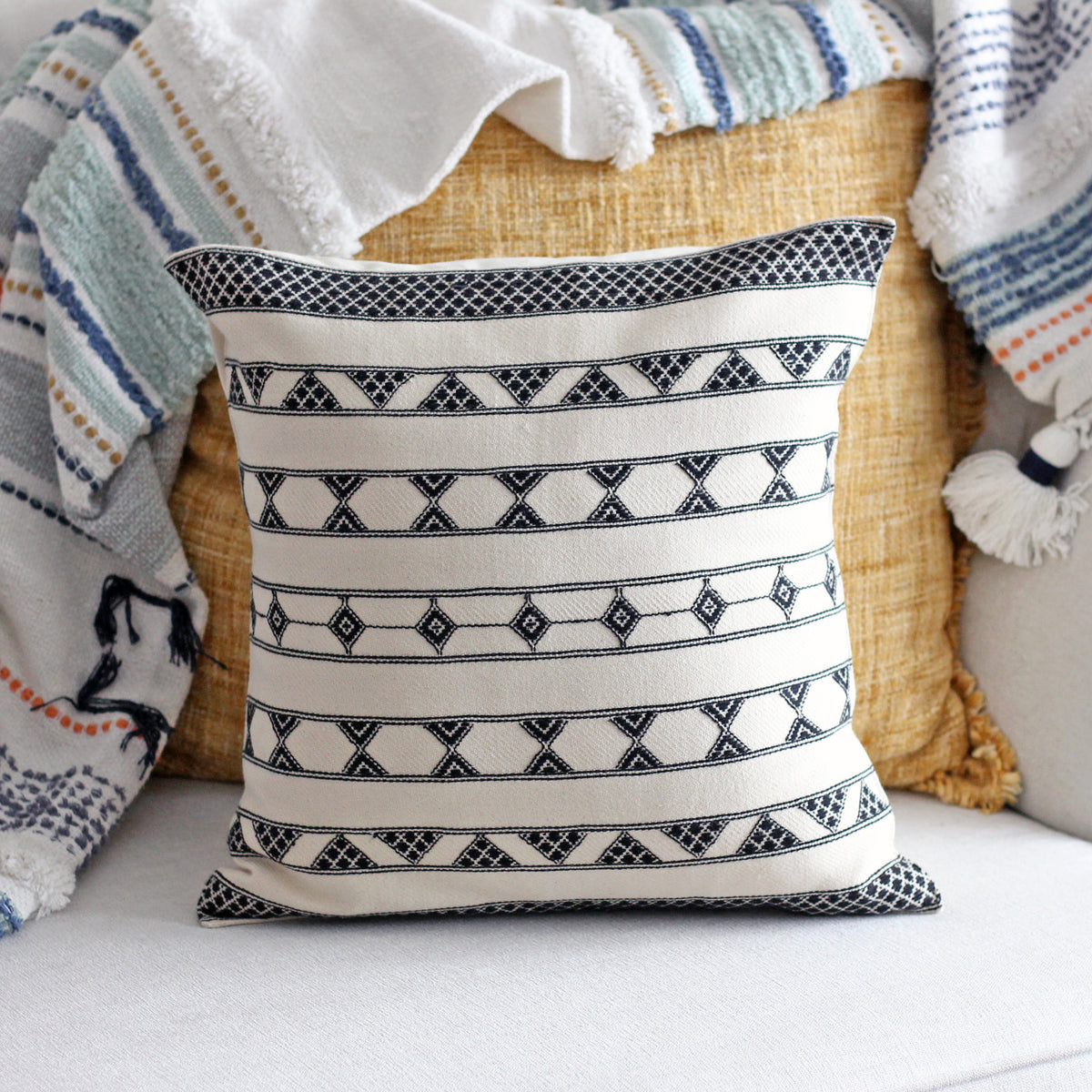
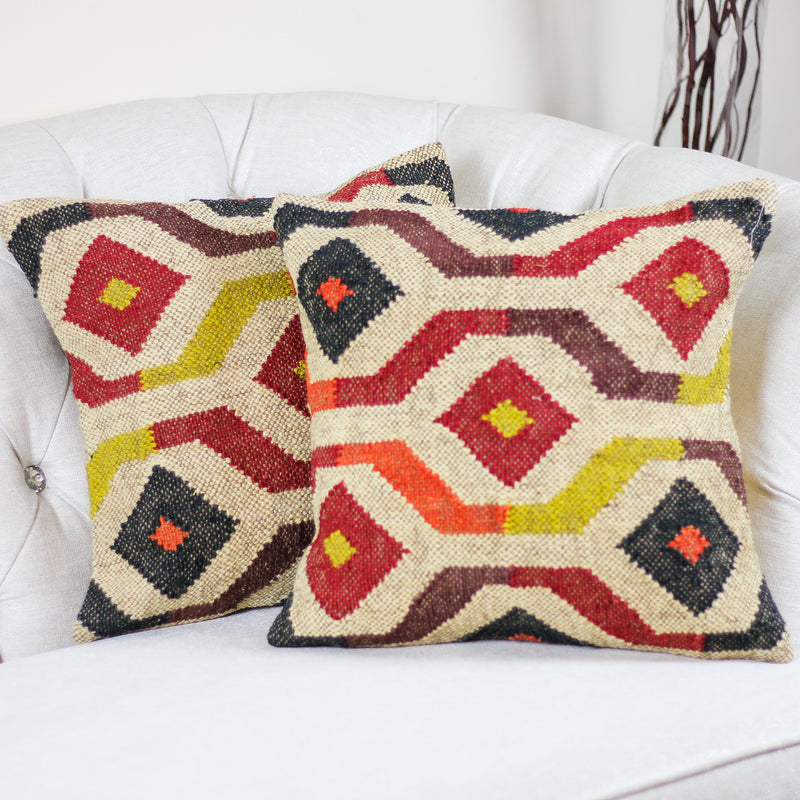
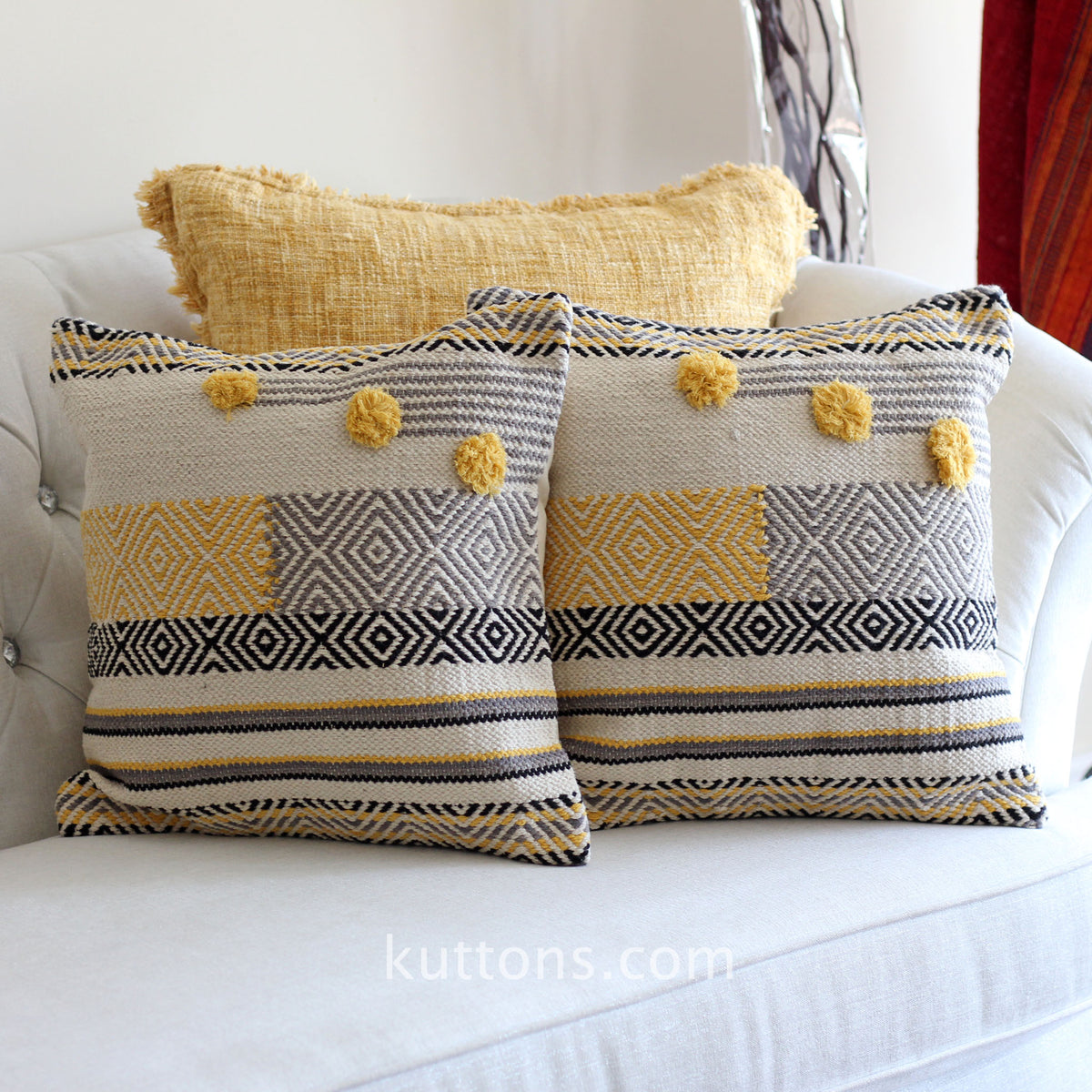


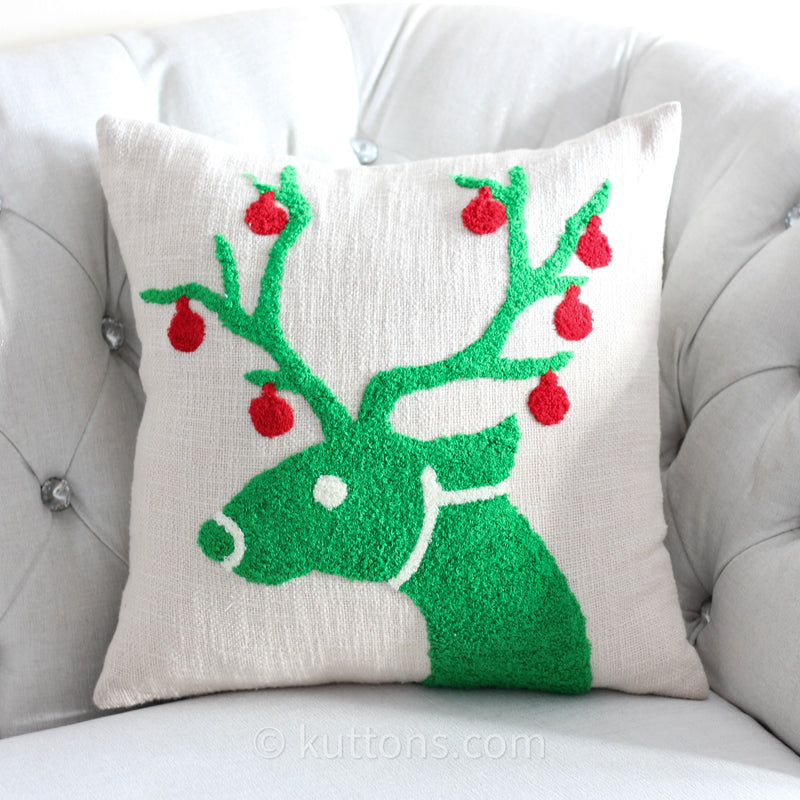
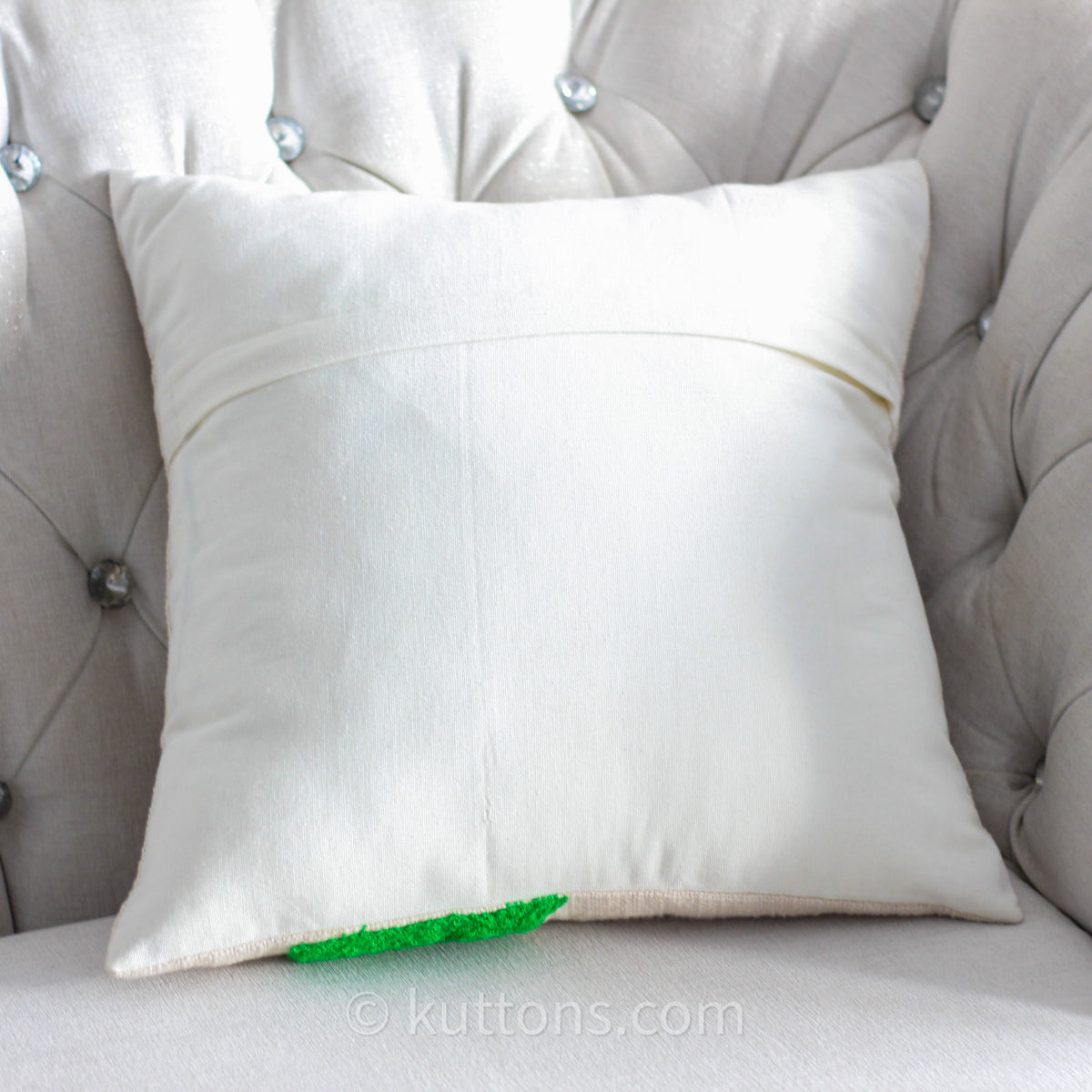
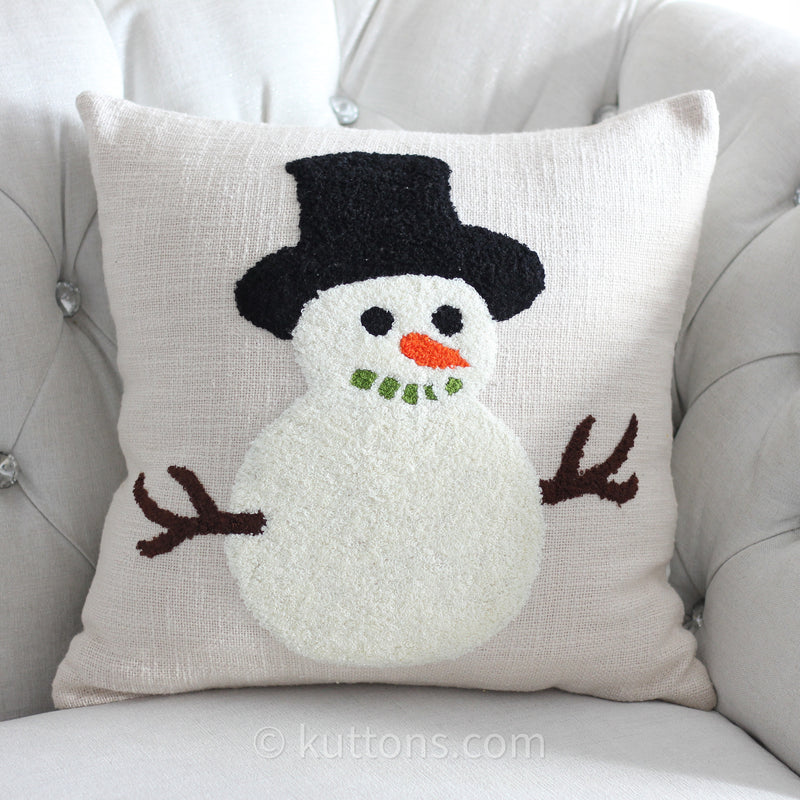
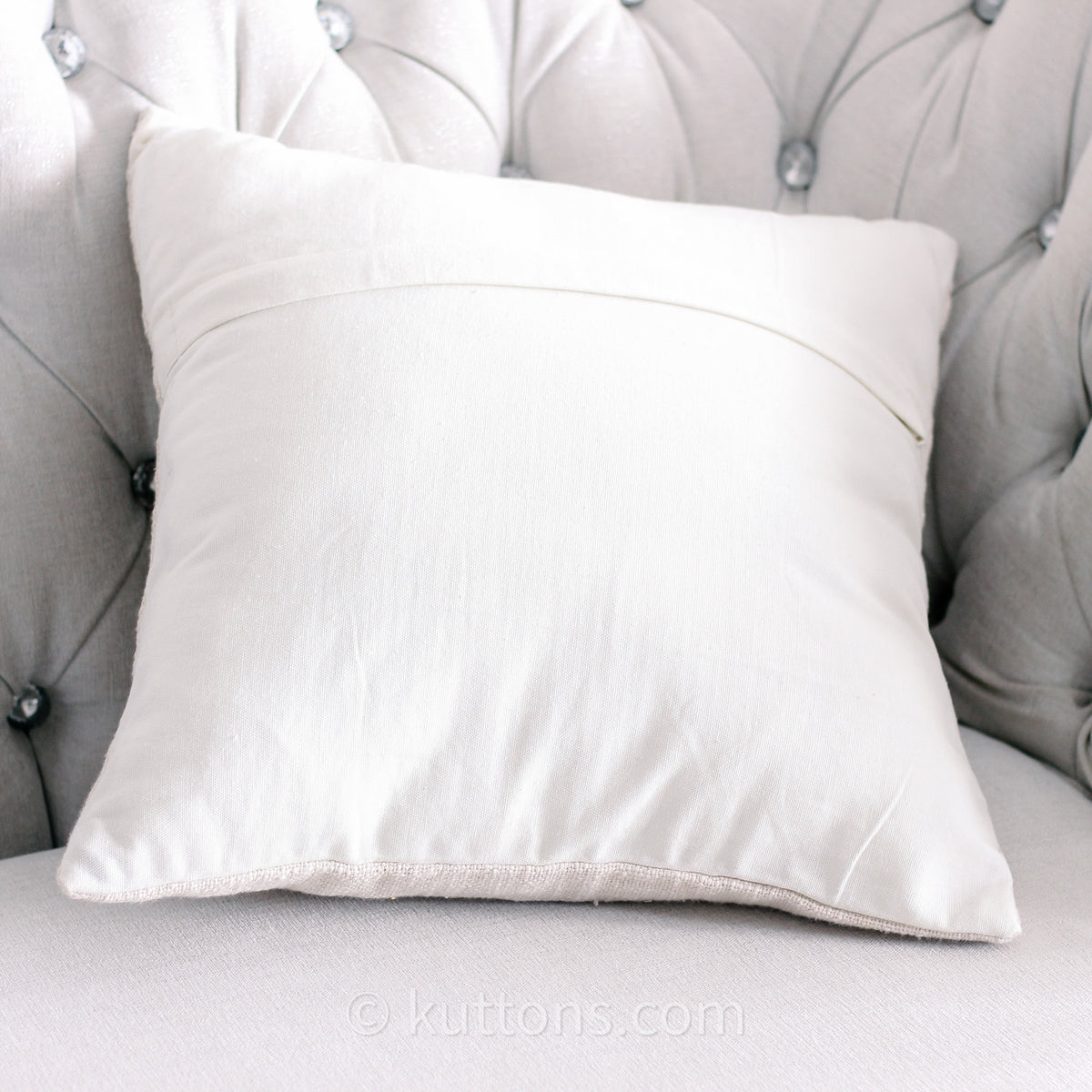
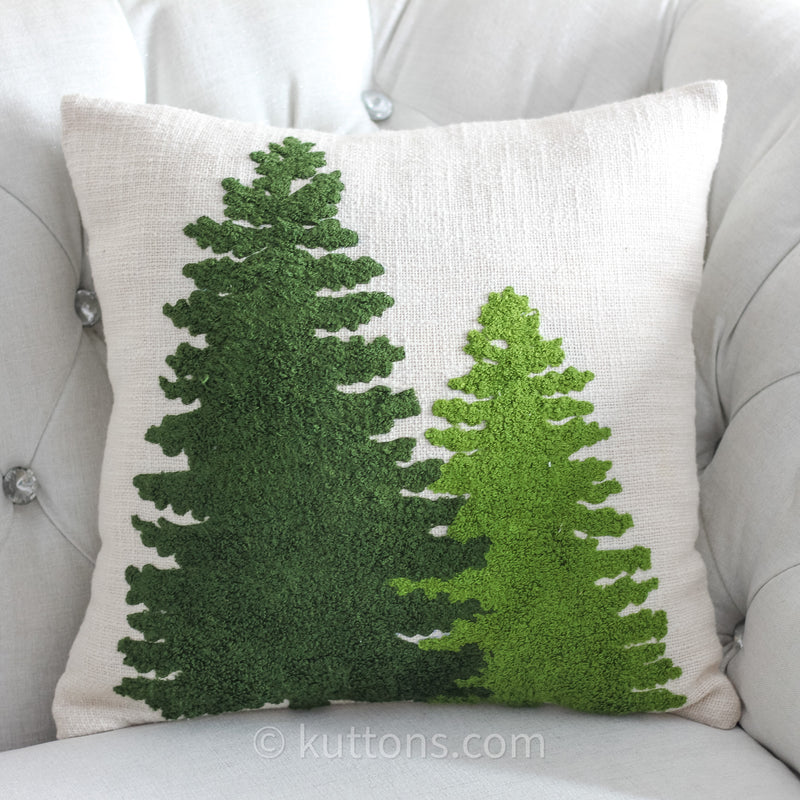
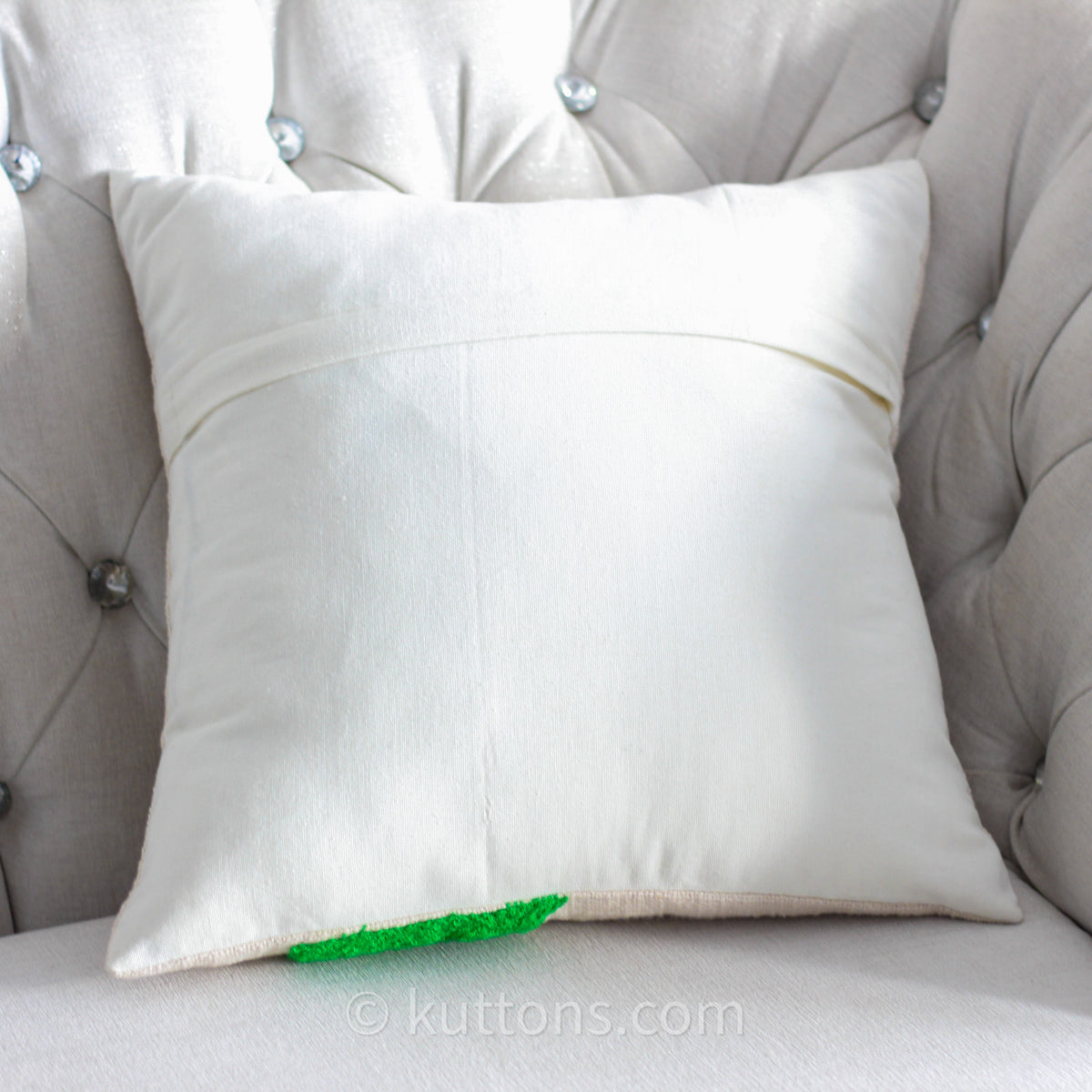
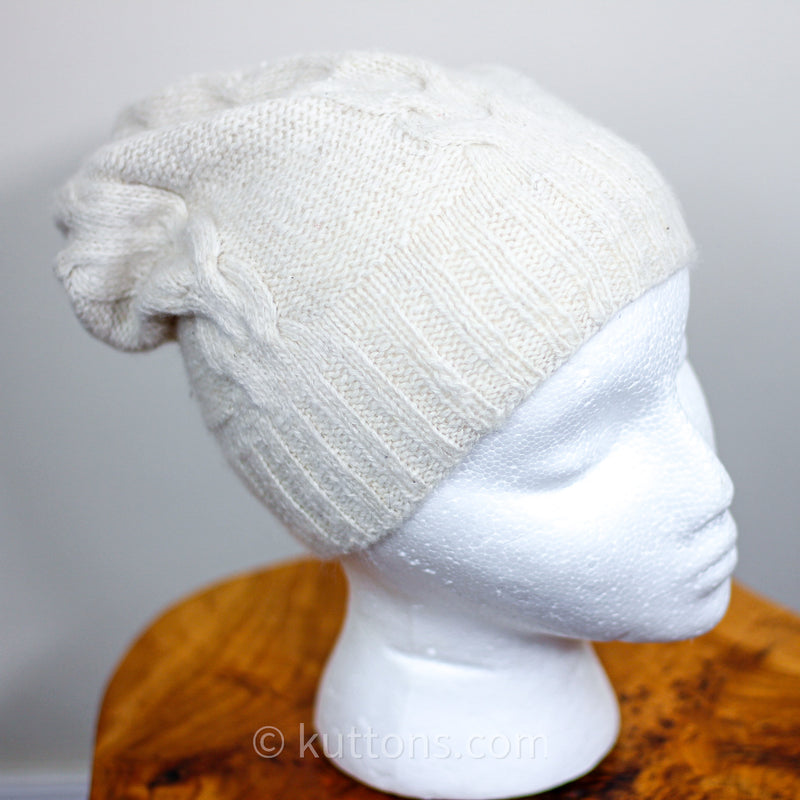
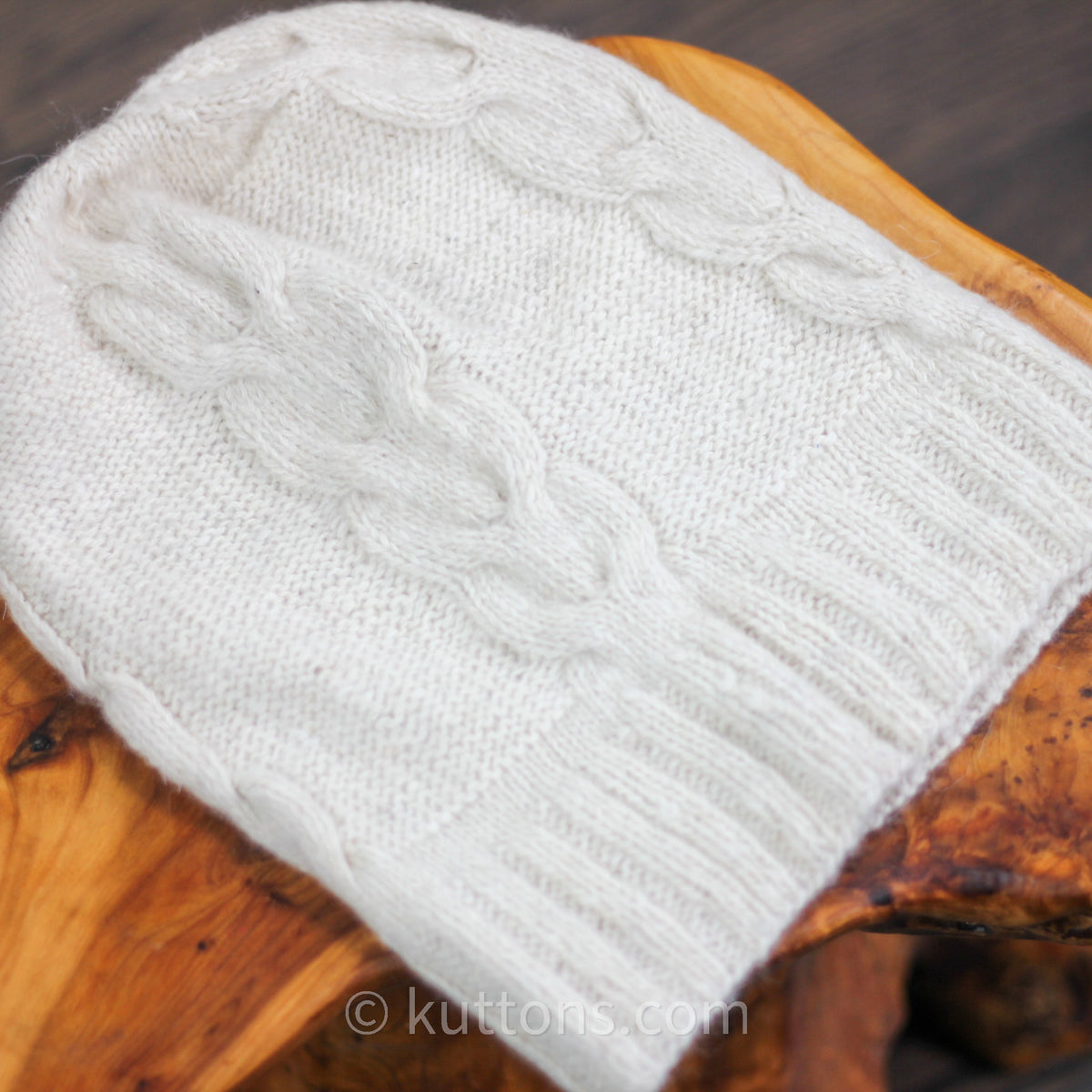

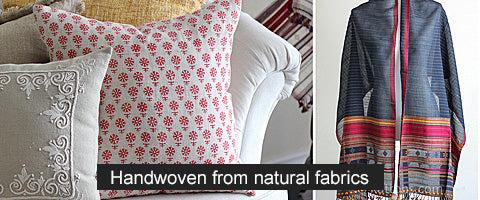
0 comments